Forums
- Forums
- Duggy's Reference Hangar
- Luftwaffe Library
- Focke-Wulf Fw 58 Weihe (Harrier)
Focke-Wulf Fw 58 Weihe (Harrier)
Post a reply
- Go to Previous topic
- Go to Next topic
- Go to Welcome
- Go to Introduce Yourself
- Go to General Discussion
- Go to Screenshots, Images and Videos
- Go to Off topic
- Go to Works in Progress
- Go to Skinning Tips / Tutorials
- Go to Skin Requests
- Go to IJAAF Library
- Go to Luftwaffe Library
- Go to RAF Library
- Go to USAAF / USN Library
- Go to Misc Library
- Go to The Ops Room
- Go to Made in Germany
- Go to Campaigns and Missions
- Go to Works in Progress
- Go to Juri's Air-Raid Shelter
- Go to Campaigns and Missions
- Go to Works in Progress
- Go to Skinpacks
- Go to External Projects Discussion
- Go to Books & Resources
-
2 years agoSun Dec 31 2023, 01:08pmDuggy
 Main AdminDesigned by Kurt Tank to meet a requirement for a light multi-role twin and competing with the Arado Ar 77, the Focke-Wuif Fw 58 Weihe (Harrier) was destined to be built in a variety of versions by the parent company, Fieseler, Gotha and MIAG, and under licence in Brazil and Hungary. A semi-cantilever low-wing monoplane powered by two 240 hp Argus As 10C eight-cylinder inverted-vee air-cooled engines, the Fw 58 had a welded steel-tube fuselage which was primarily fabric covered and a metal wing covered by fabric aft of the main spar. The first prototype, the Fw 58 V1 (D-ABEM Werk-Nr 451), was initially flown on 18 January 1935, and was intended for blind-flying and radio training. The second prototype, the Fw 58 V2 (D-ABIV Werk-Nr 452), flown on 12 June 1935, and the third prototype, the Fw 58 V3 (D-ABUO Werk-Nr 862), which followed in November, were intended for the gunnery and bombing training roles, and differed from the V1 primarily in having open nose and dorsal gun positions each mounting a single 7,9-mm MG 15 machine gun.
Main AdminDesigned by Kurt Tank to meet a requirement for a light multi-role twin and competing with the Arado Ar 77, the Focke-Wuif Fw 58 Weihe (Harrier) was destined to be built in a variety of versions by the parent company, Fieseler, Gotha and MIAG, and under licence in Brazil and Hungary. A semi-cantilever low-wing monoplane powered by two 240 hp Argus As 10C eight-cylinder inverted-vee air-cooled engines, the Fw 58 had a welded steel-tube fuselage which was primarily fabric covered and a metal wing covered by fabric aft of the main spar. The first prototype, the Fw 58 V1 (D-ABEM Werk-Nr 451), was initially flown on 18 January 1935, and was intended for blind-flying and radio training. The second prototype, the Fw 58 V2 (D-ABIV Werk-Nr 452), flown on 12 June 1935, and the third prototype, the Fw 58 V3 (D-ABUO Werk-Nr 862), which followed in November, were intended for the gunnery and bombing training roles, and differed from the V1 primarily in having open nose and dorsal gun positions each mounting a single 7,9-mm MG 15 machine gun.
Production had meanwhile begun with an initial pre-series of 10 Fw 58A-0 aircraft, which, delivered during 1936-37, were intended as six-seat light transports, one of these (D-ALEX Werk-Nr 1198) being utilised as
Kurt Tank's personal aircraft and the prototype of this version being the Fw 58 V4 (WerkNr 1833) which was flown in October 1936. The Fw 58A-1, of which a series of 14 was delivered in 1937, was a civil radio and blind-flying trainer, the first military model being the Fw 58B-0 of which six were built. The B-series differed from the V2 and V3 essentially in having a redesigned, glazed nose in which the MG 15 was mounted in a rotating cone, 50 Fw 58B-ls being built by Focke-Wuif and a basically similar model being built as the Fw 58B-2 by Fieseler (119), Gotha (165) and MIAG (87), two B-2s (D-OQIR and D-ORSS) being fitted with twin floats as Fw 58B-3s.
The C-series differed from the B-series primarily in having dual control and was intended for pilot and radio training, FockeWult' producing six pre-series Fw 58C-0s and 34 series Fw 58C-ls, these being followed by 81 Fw 58C-2s with increased fuel capacity, the last-mentioned sub-type also being built by Fieseler (120), Gotha (155) and MIAG (157), a twin-float conversion re-engined with 280 hp Hirth HM 508D engines being designated Fw 58C-3. While the B- and C-series were the fundamental production models of the Weihe, numerous Versuchs models and other subtypes were evolved from these for experimental tasks, specific missions and to meet export requirements. For example, the Fw 58 V13 (Werk-Nr 3100) was the first example to be fitted with HM 508D engines, this being flown on 19 November 1936, and having accommodation for eight passengers. Registered D-OTRE, it was to be transferred to DLH in May 1939, being named Rhein by the airline. The Fw 58 V14 (D-OPDR Werk-Nr 2675) was a B-2 which was tufted for boundary layer control experiments and later fitted with Fowler-type flaps for trials at Göttingen. The Fw 58 V 15 (D-ONBR Werk-Nr 2679) was initially delivered to DLH and later utilised by the Luftwaffe as a photographic aircraft.
The Fw 58D-1 was a long-range model for Zeiss of which three examples (WerkNuminern 2125-7) were produced in 1939, and the Fw 58E-l (D-OBDE Werk-Nr 2901) was a specially winterised B-2 for test purposes, 12 other B-2s being similarly modified and fitted with skis as Fw 58E-2s. The Fw 58F series were all special transport adaptations of the Fw 58C-2 for use by companies or individuals, the F-l being used as a staff transport by the RLM, the F-3 by Krupp, the F-4 by the DVL, the F-5 by Gen Koch, the F-6 by the military attaché in Madrid and the F-7 by Gen Christiansen. The Fw 58G-1 was an aeromedical aircraft, as was also the G-3, FockeWuif producing 16 and MIAG five of the latter, while the Fw 58H (D-OXLR Werk-Nr 2207), originally the Fw 58 V18 which had been used for trials with a fixed tricycle undercarriage, was fitted with 260 hp HM 508H for special trials.
The Weihe achieved considerable export success, the first customers being Bulgaria (2), Romania (12) and Turkey (6) which took delivery of their aircraft in 1937. Hungary also took delivery of six aircraft in that year and was to become the largest foreign operator of the Weihe, a total of 229 being delivered (of which 202 were delivered in 1944-45) to which a further 38 licence-manufactured by GYG were added in 1943-44. Bulgaria and Romania were to respectively take delivery of six and 15 more aircraft, and the 10 delivered to Brazil in 1938 were to be augmented by licence production by the Navy's Oficinas do Galeão which was to build 25 for the Aviação Naval during 1939-42. Other purchasers of the Weihe were Argentina (3), Austria (3), the Netherlands (5), Slovakia (12), Spain (10) and Sweden (4). Export models were assigned sub-type designations prefixed by the letter "K" (K-1 to-10 followed by KA, KB, KB, KJ, KL, KN, KO, KP and 'KQ), although, oddly enough, the Fw 58KJ-1 (D-ONBR Werk-Nr 2697) went to Hansa Luftbild as a photographic aircraft and the designations Fw 58KL-1 and KL-2 were assigned to aircraft delivered to DLH. Production of the Weihe totalled 1,987 when the aircraft was finally phased out in September 1943, this total not including those built under licence in Brazil and Hungary.
Below German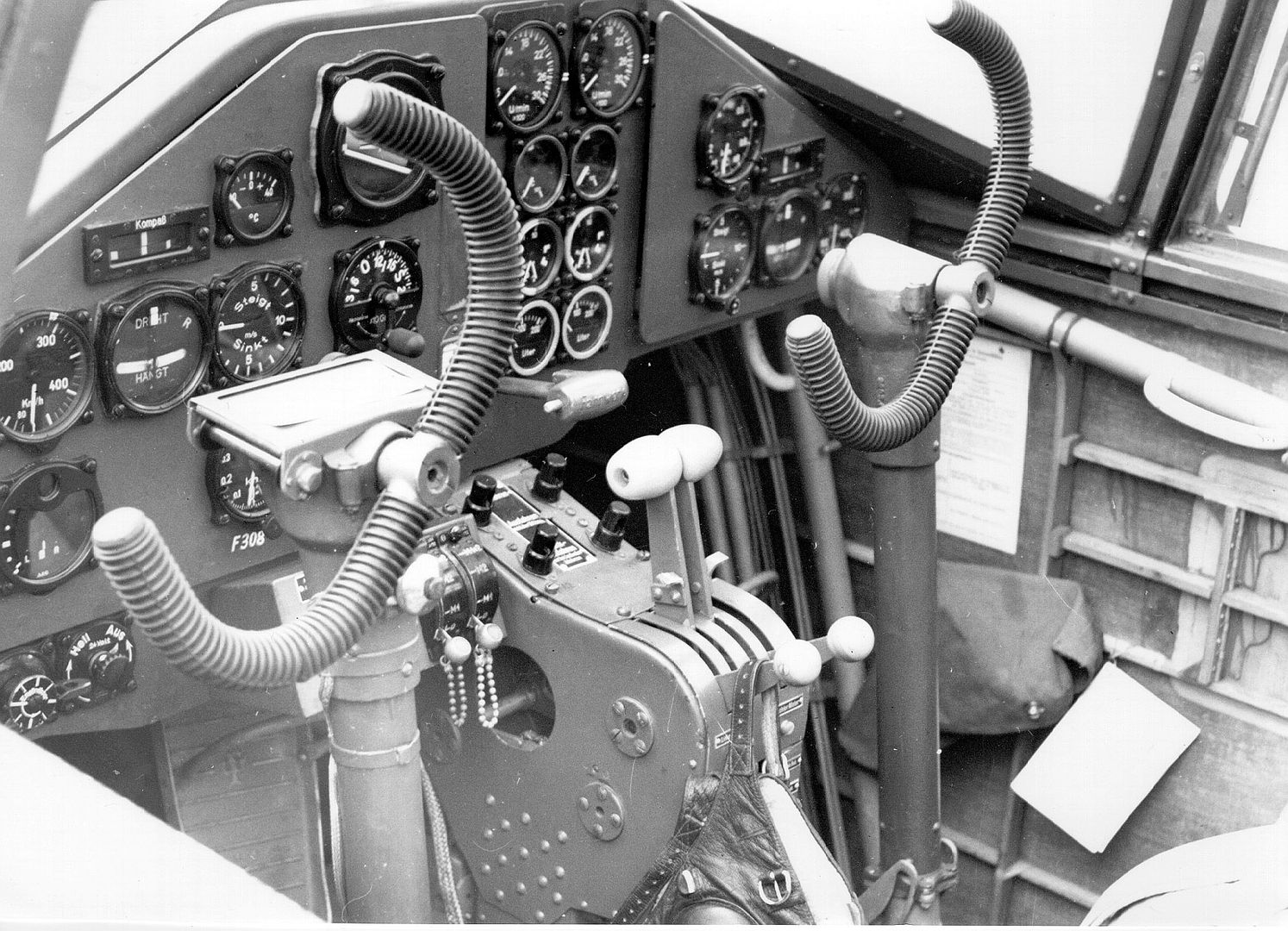
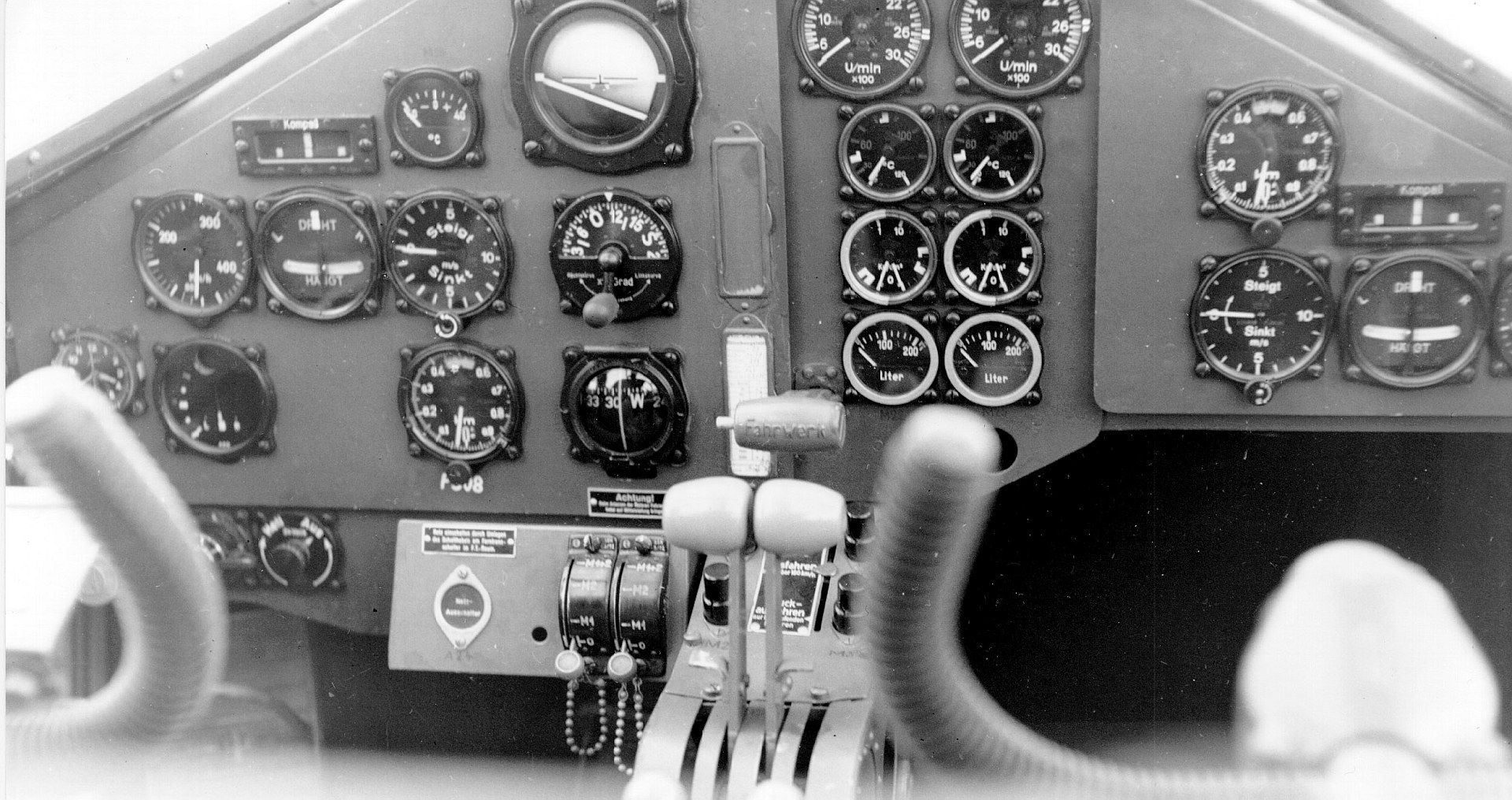
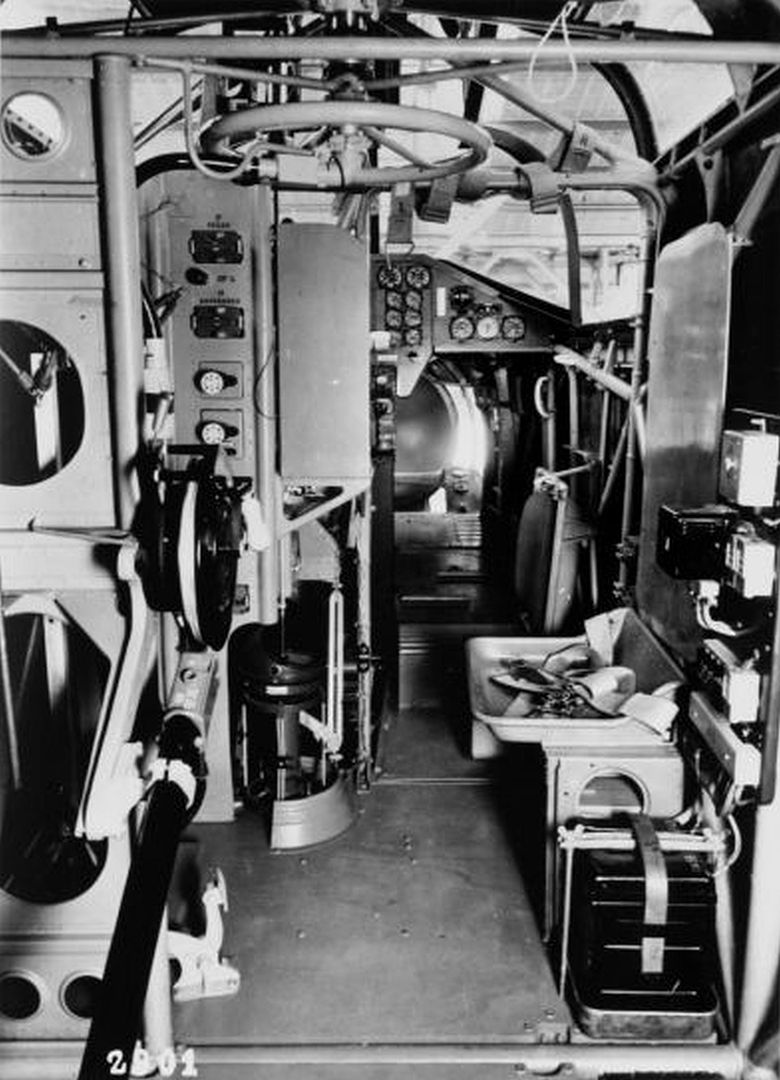

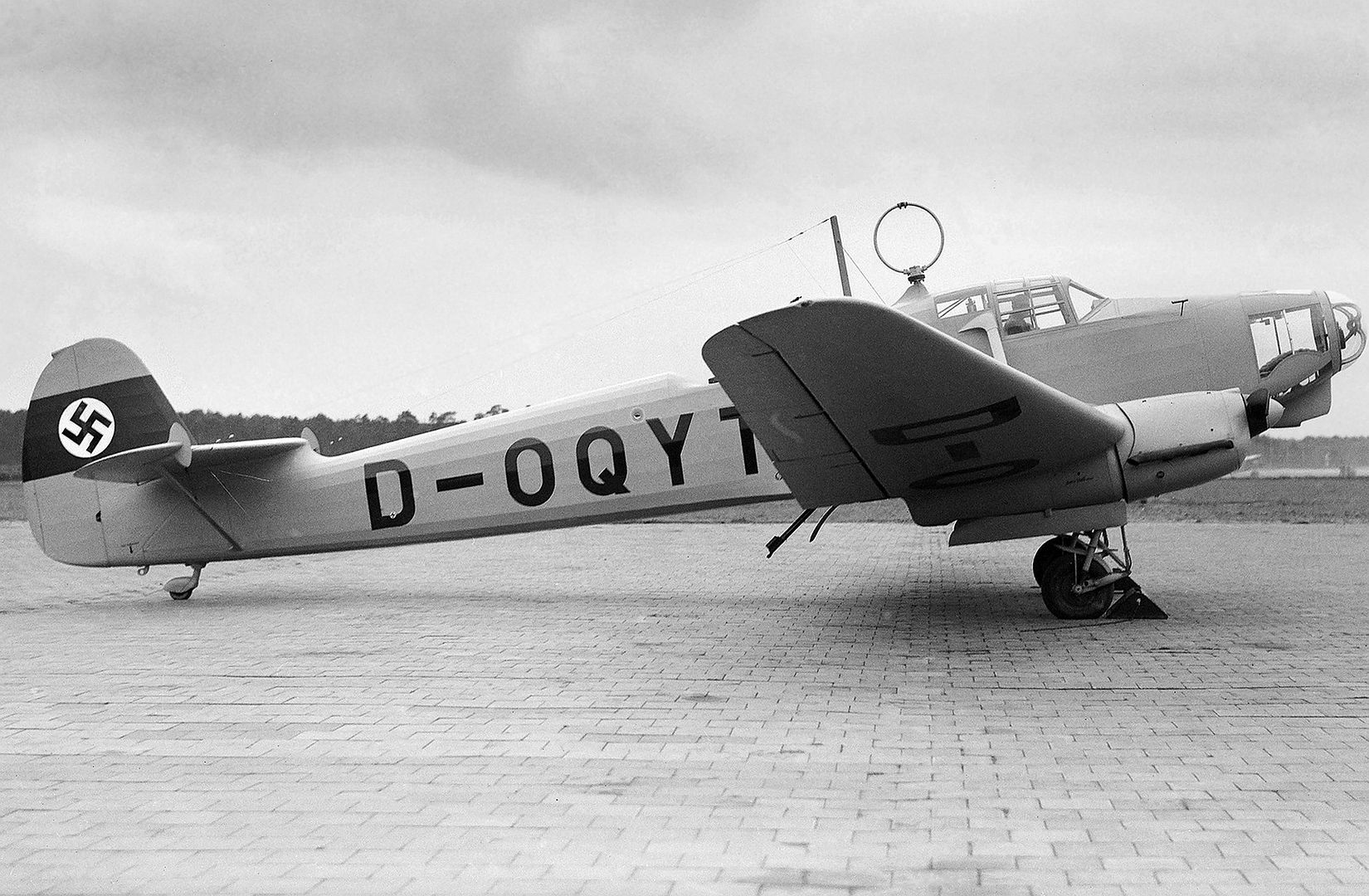
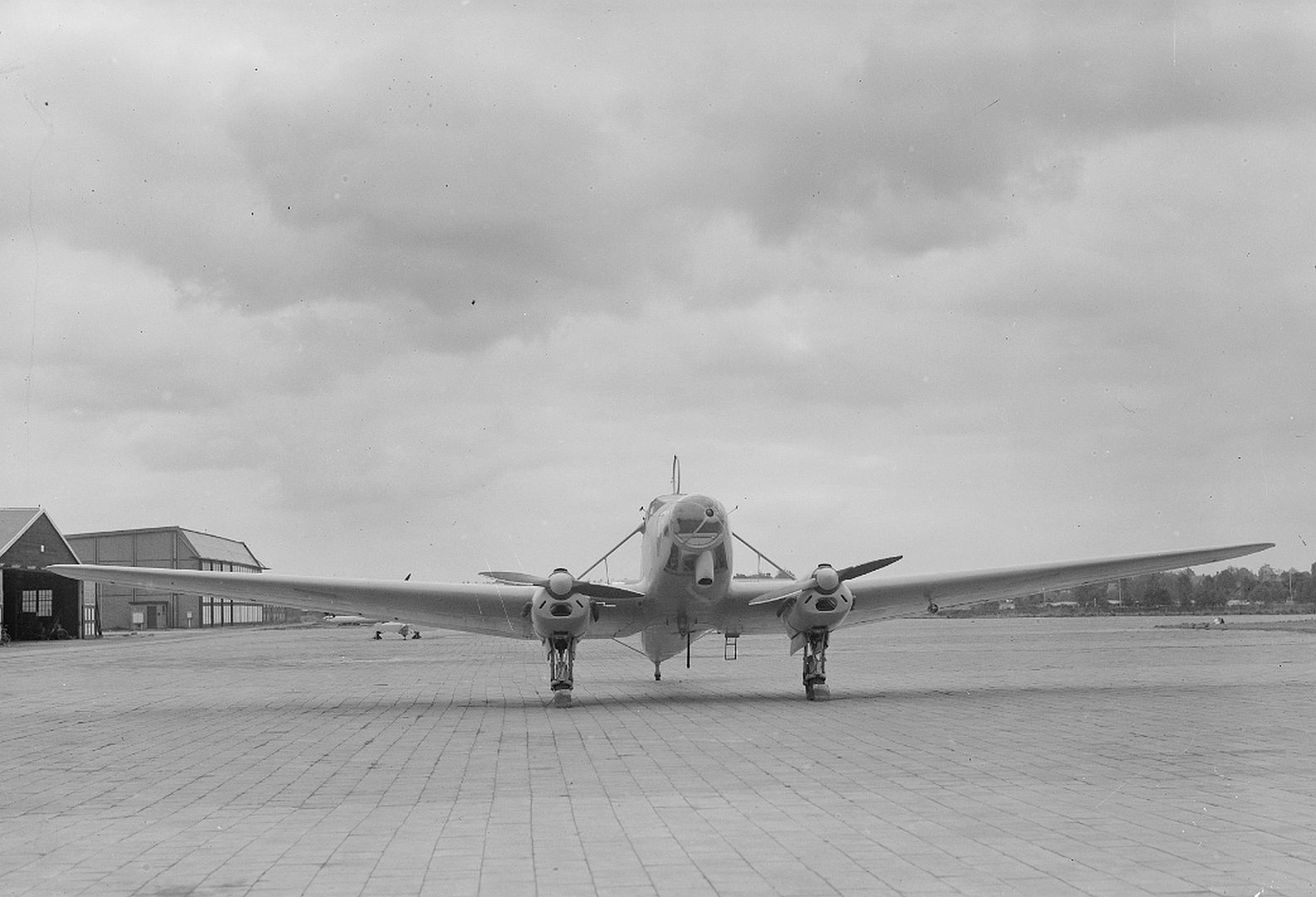
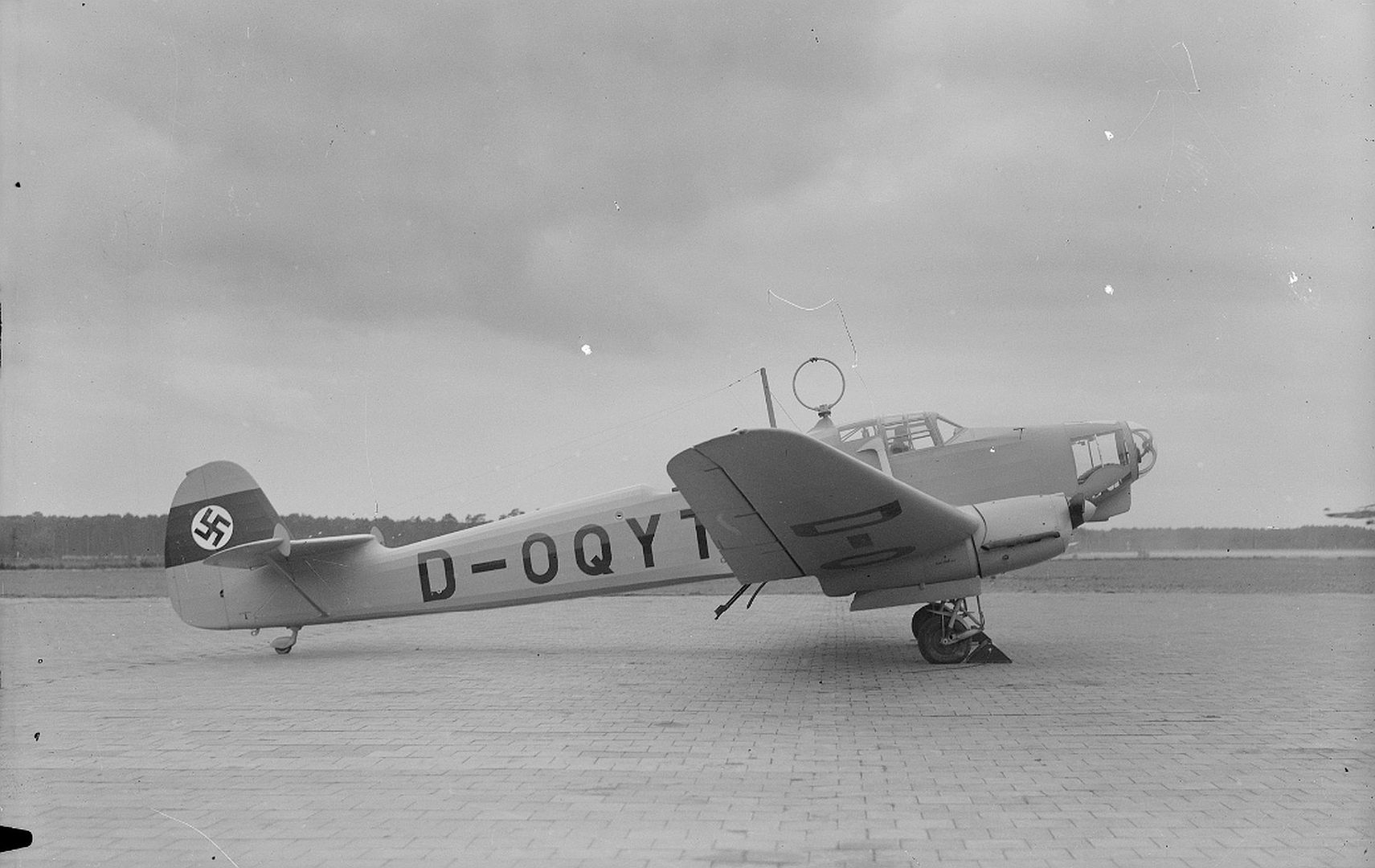

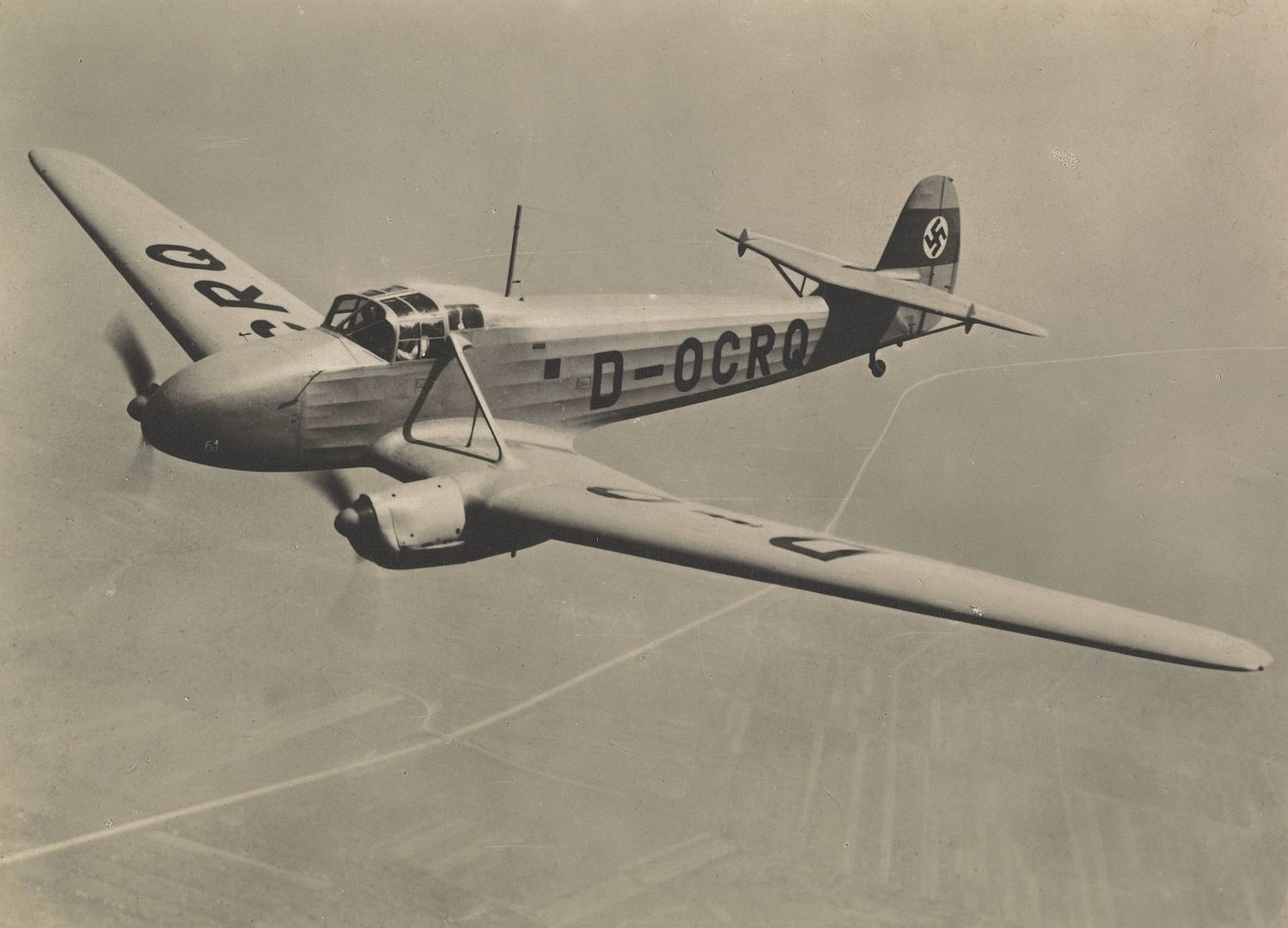
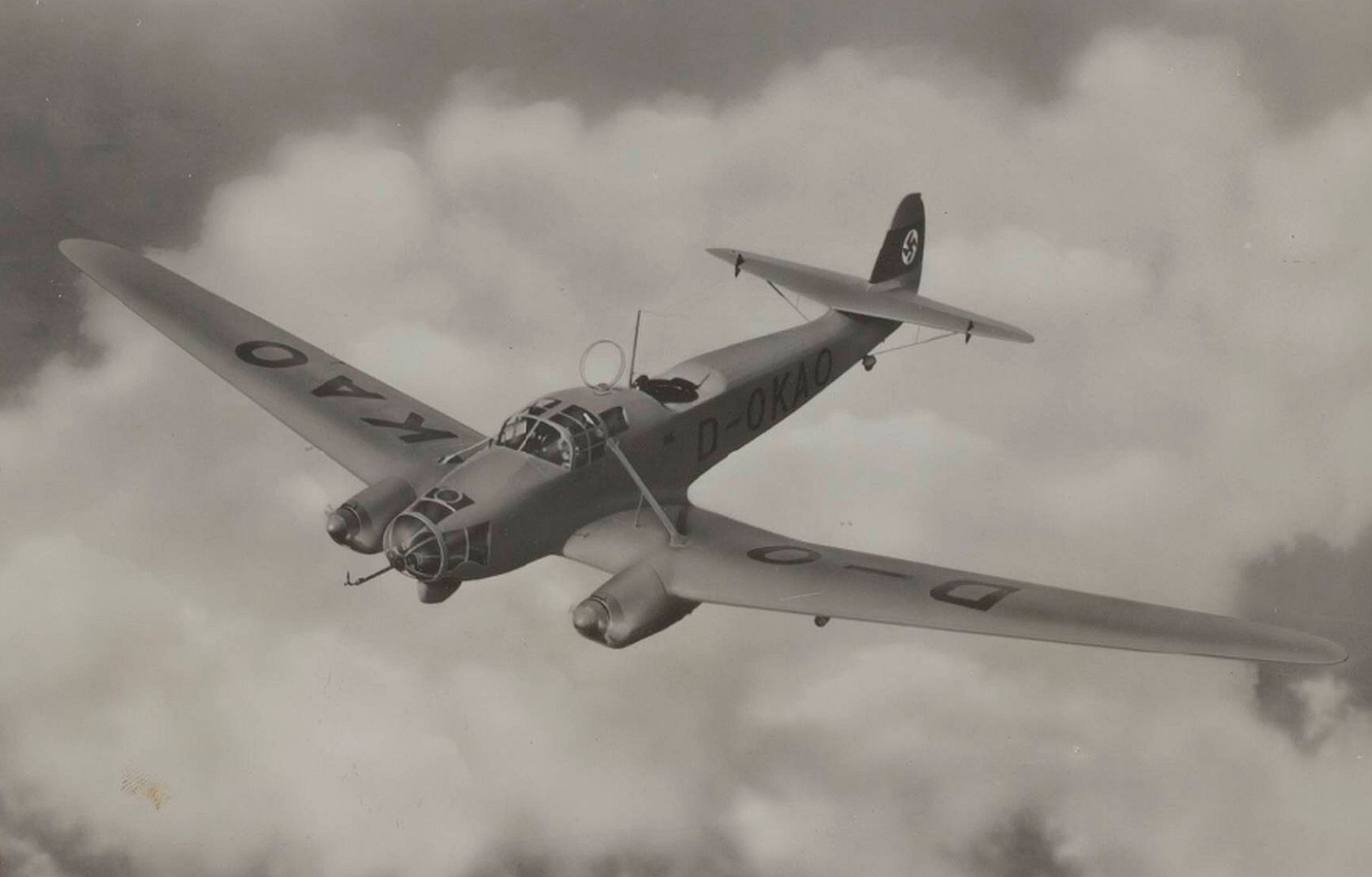
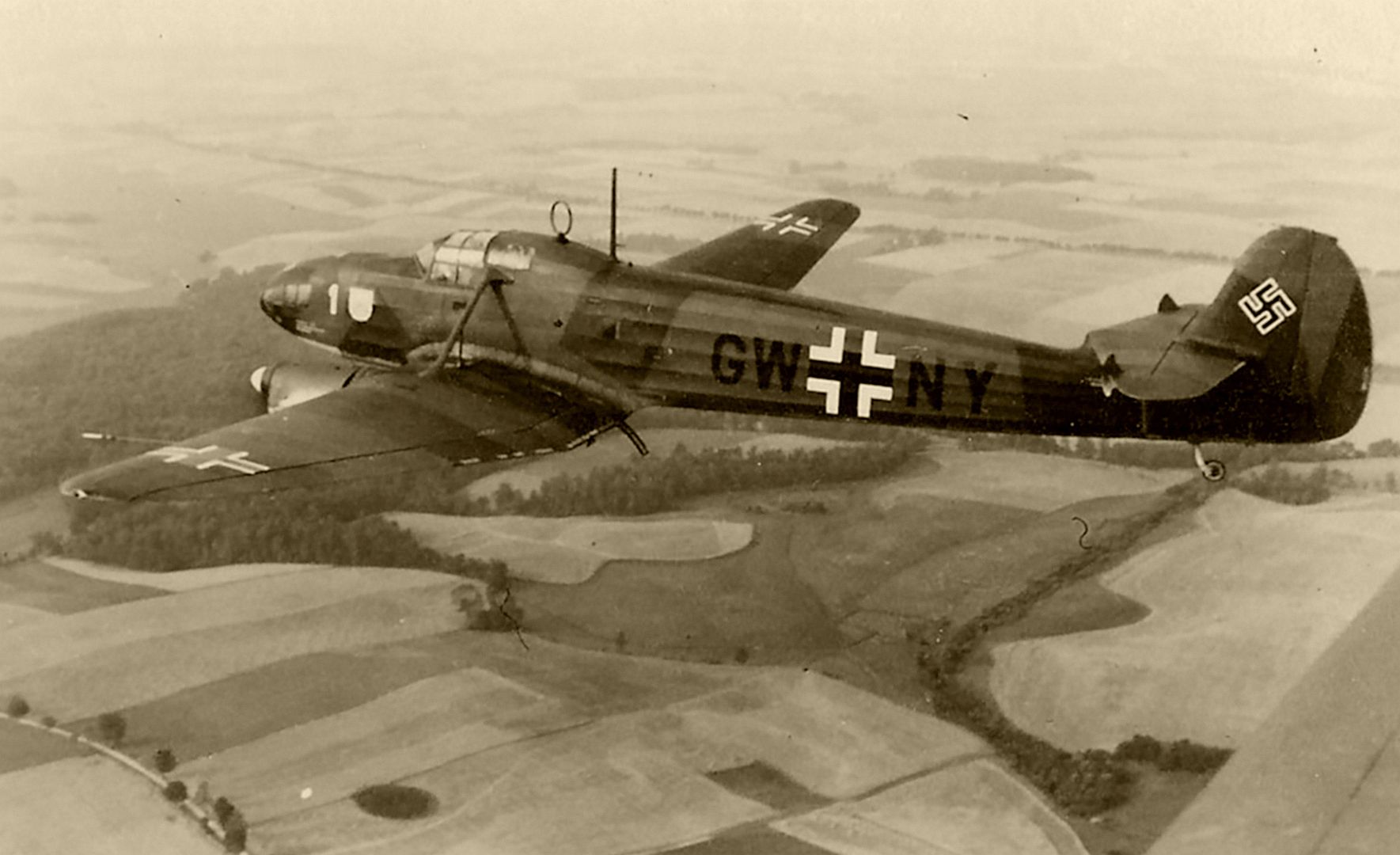
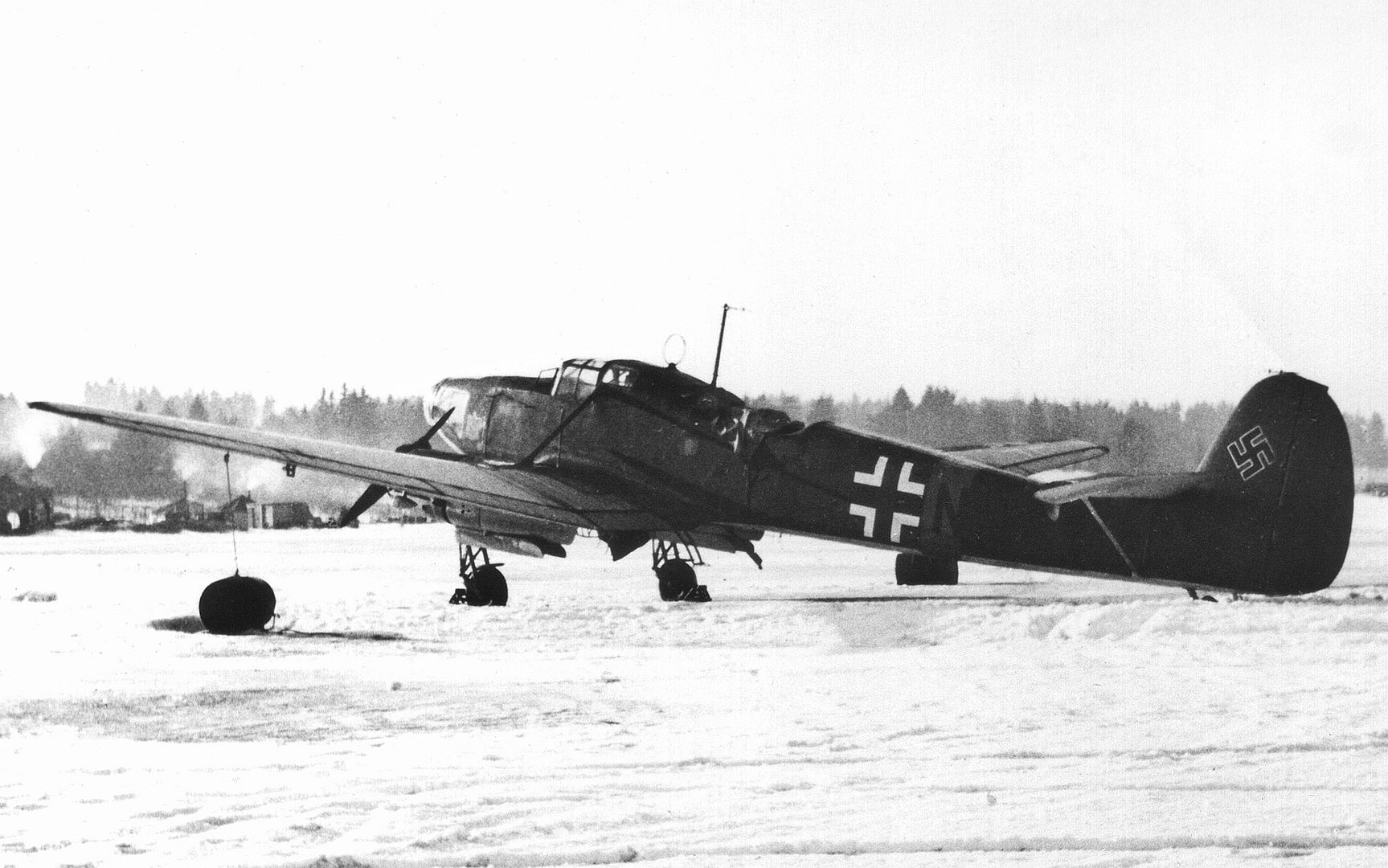
_in_1944..jpg?width=1920&height=1080&fit=bounds)

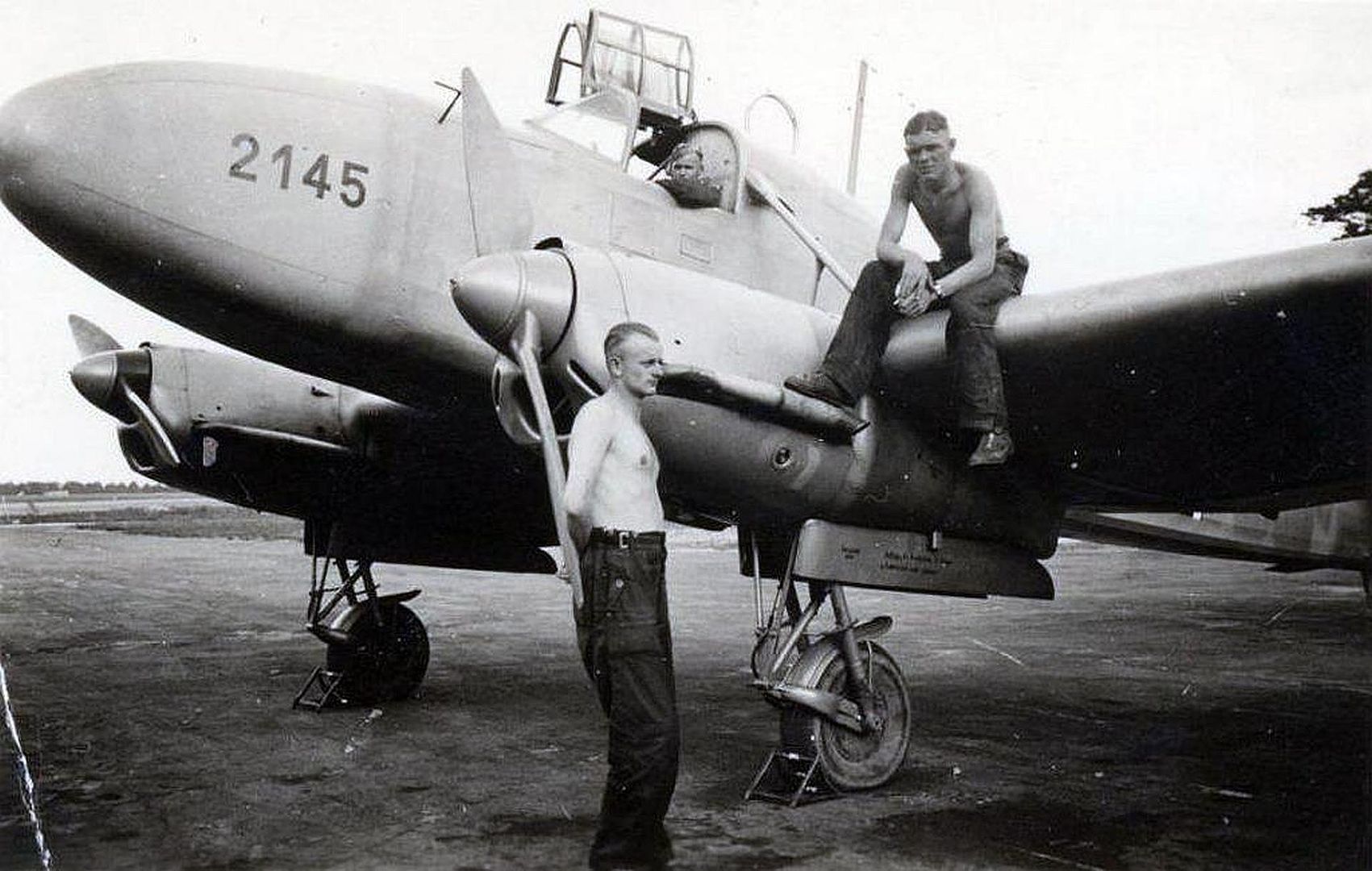
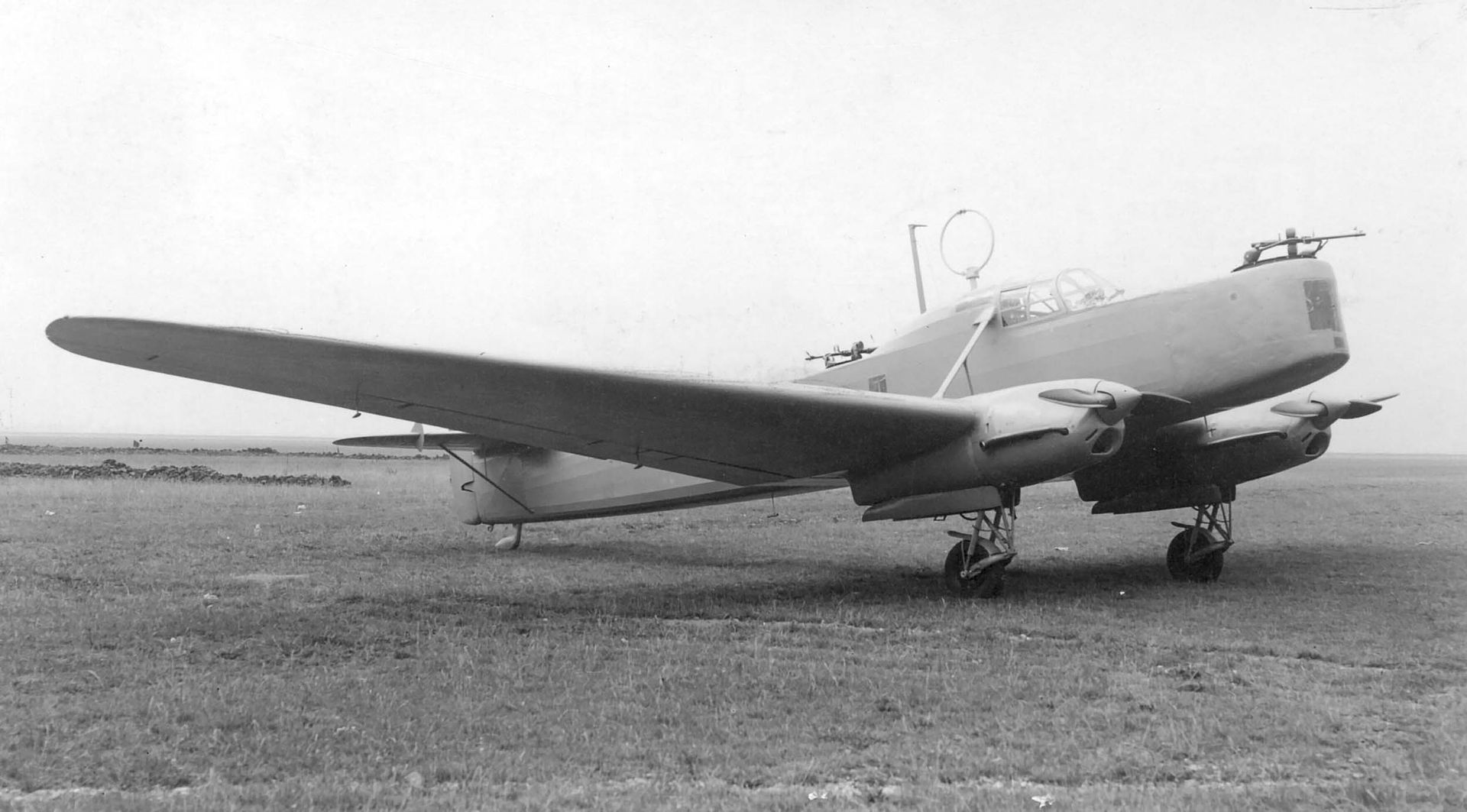
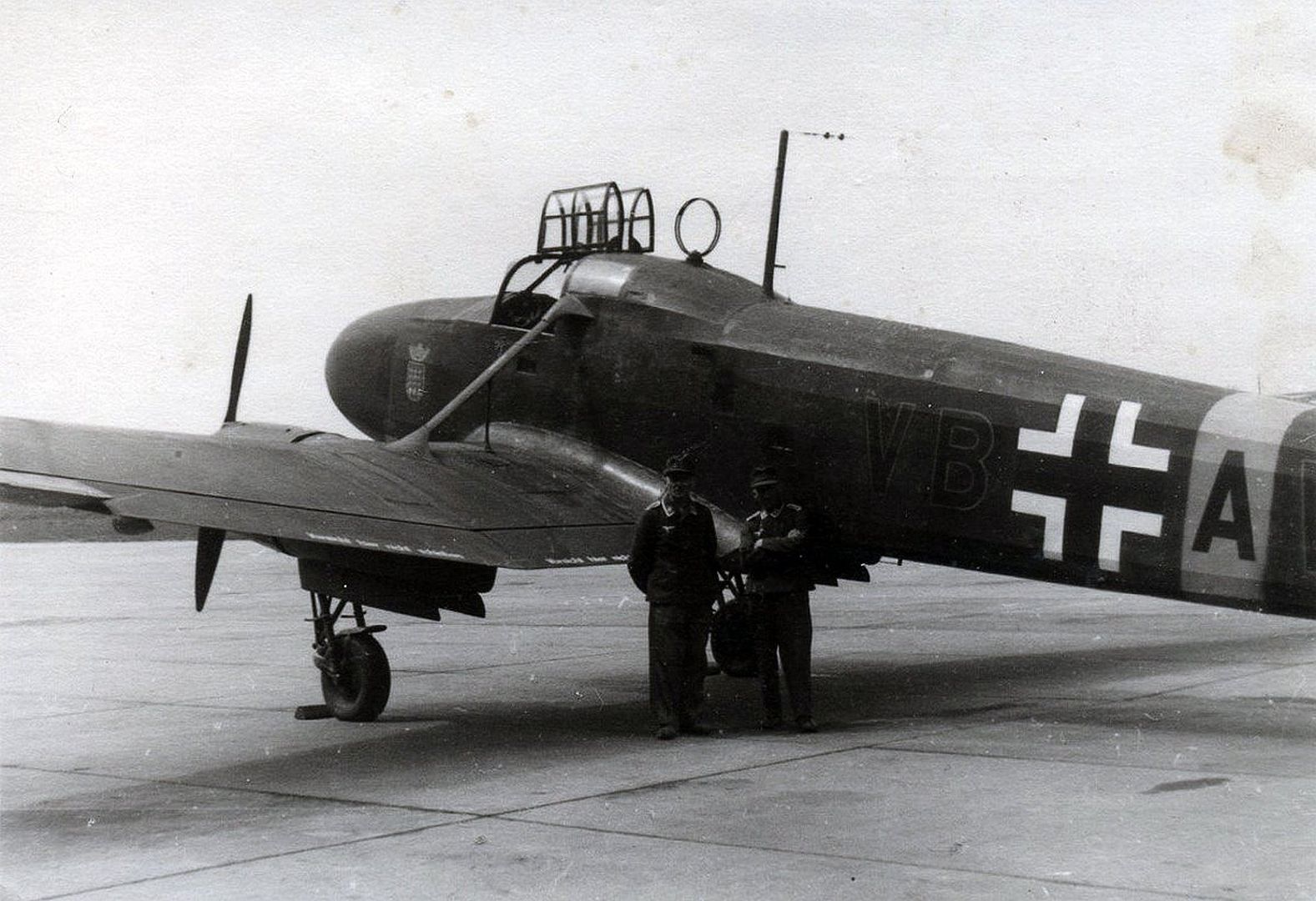
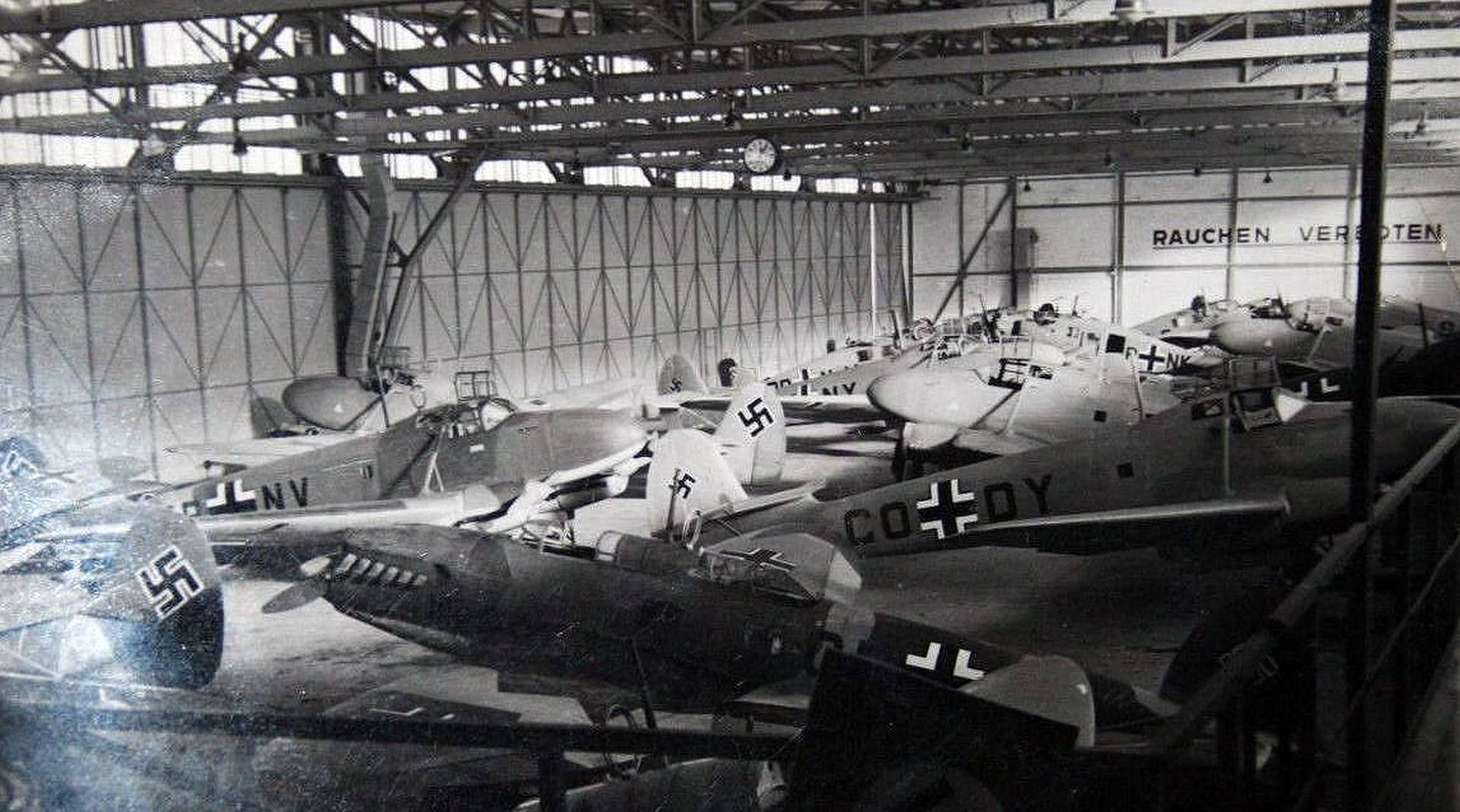
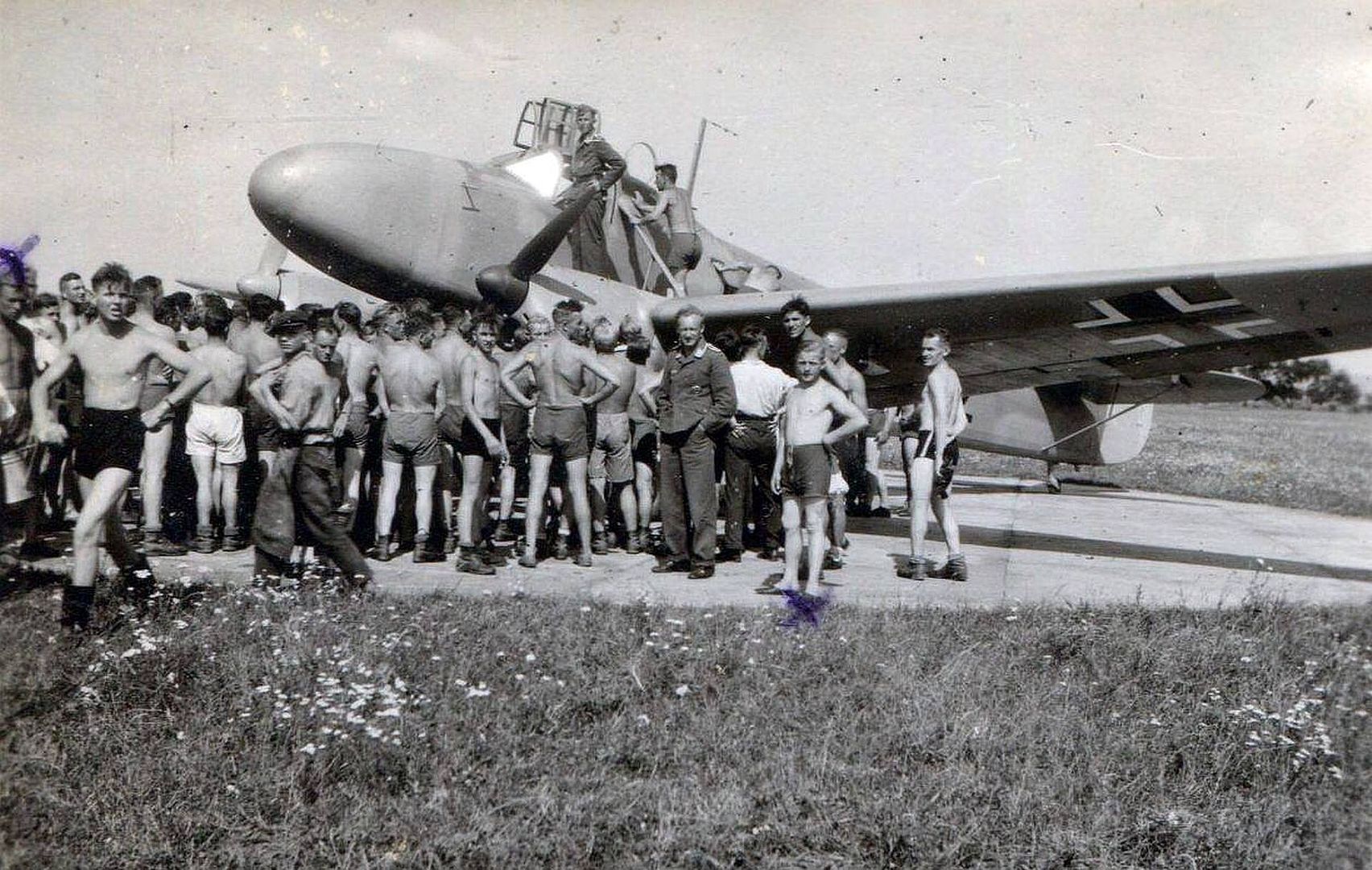
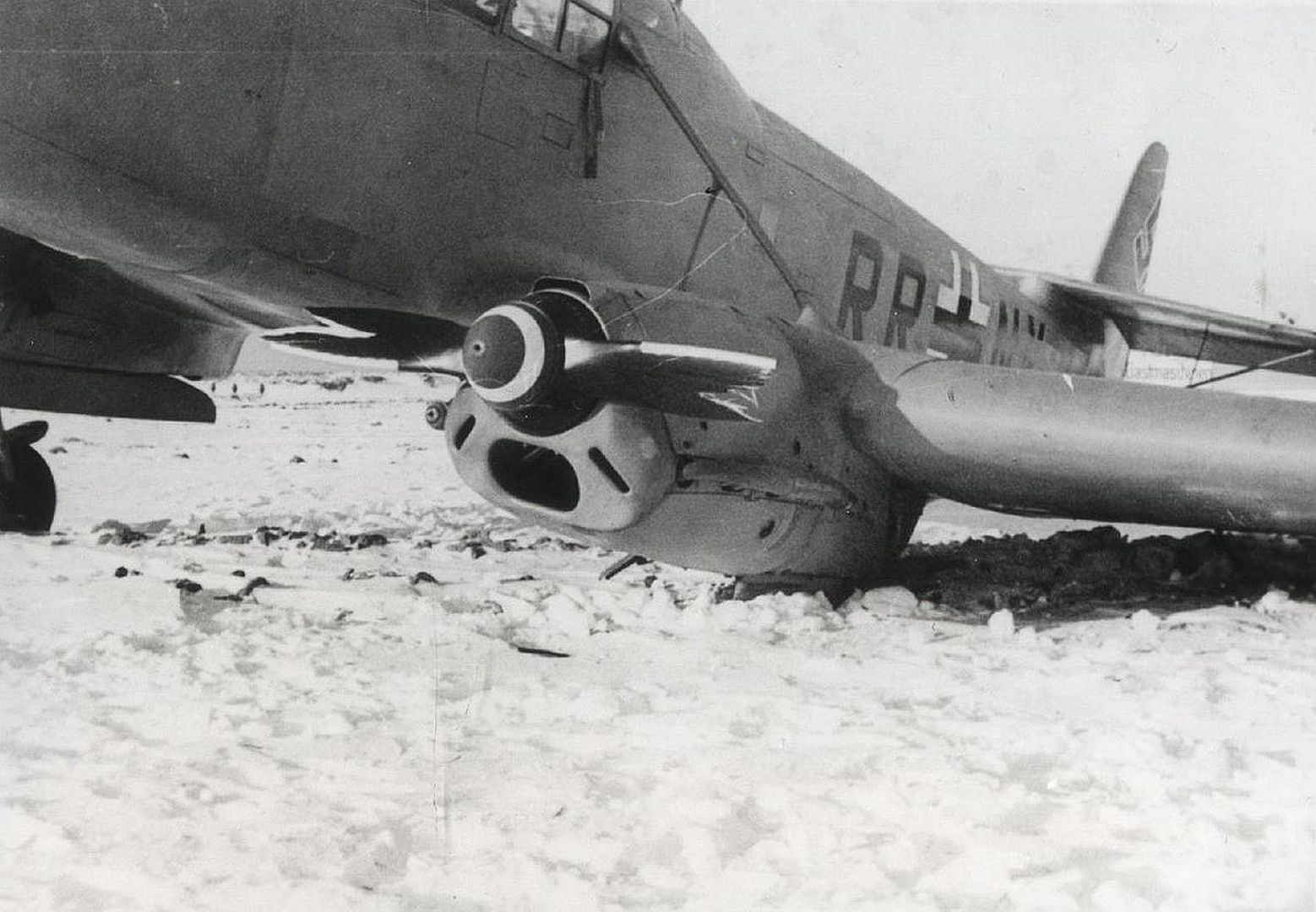
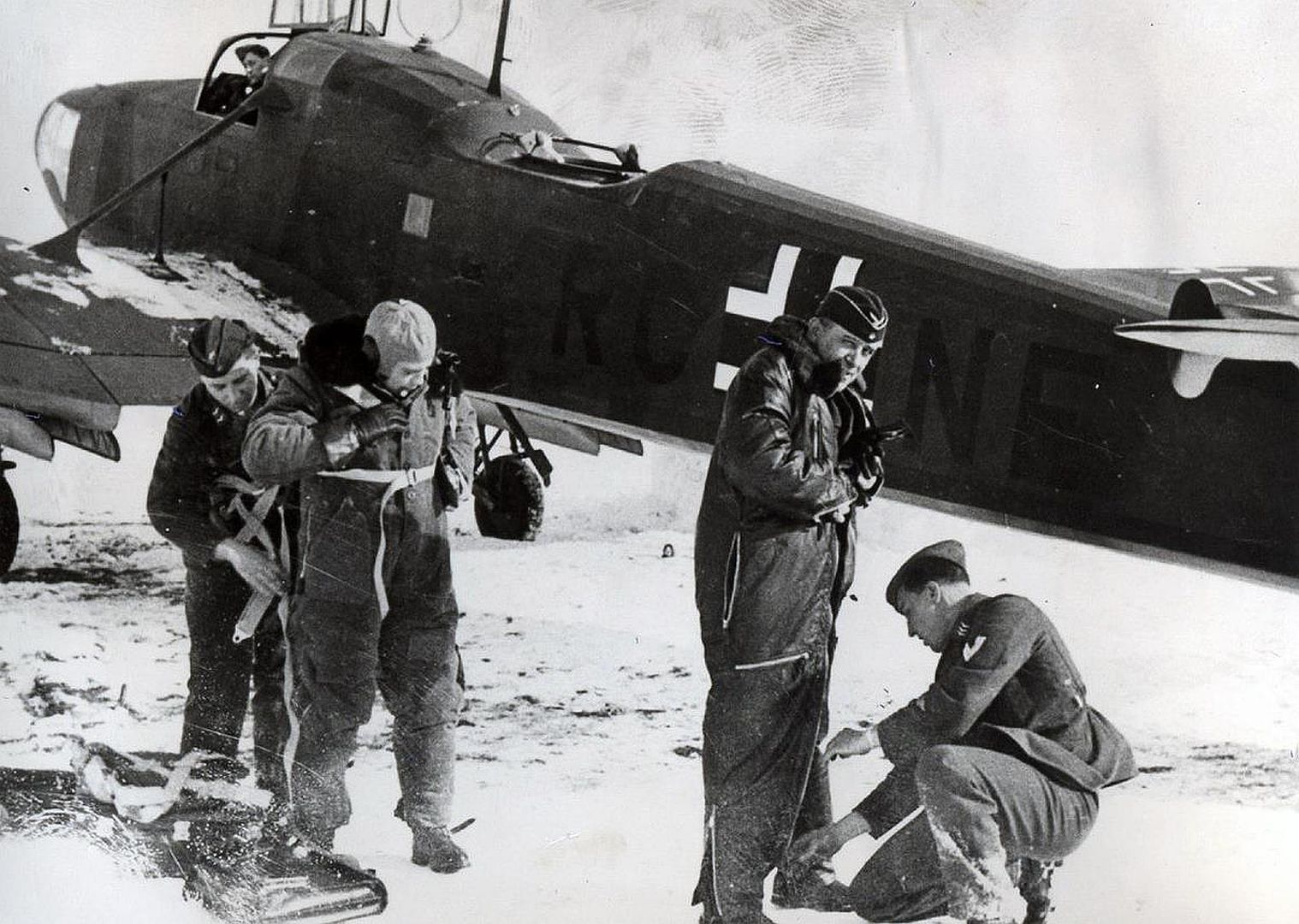
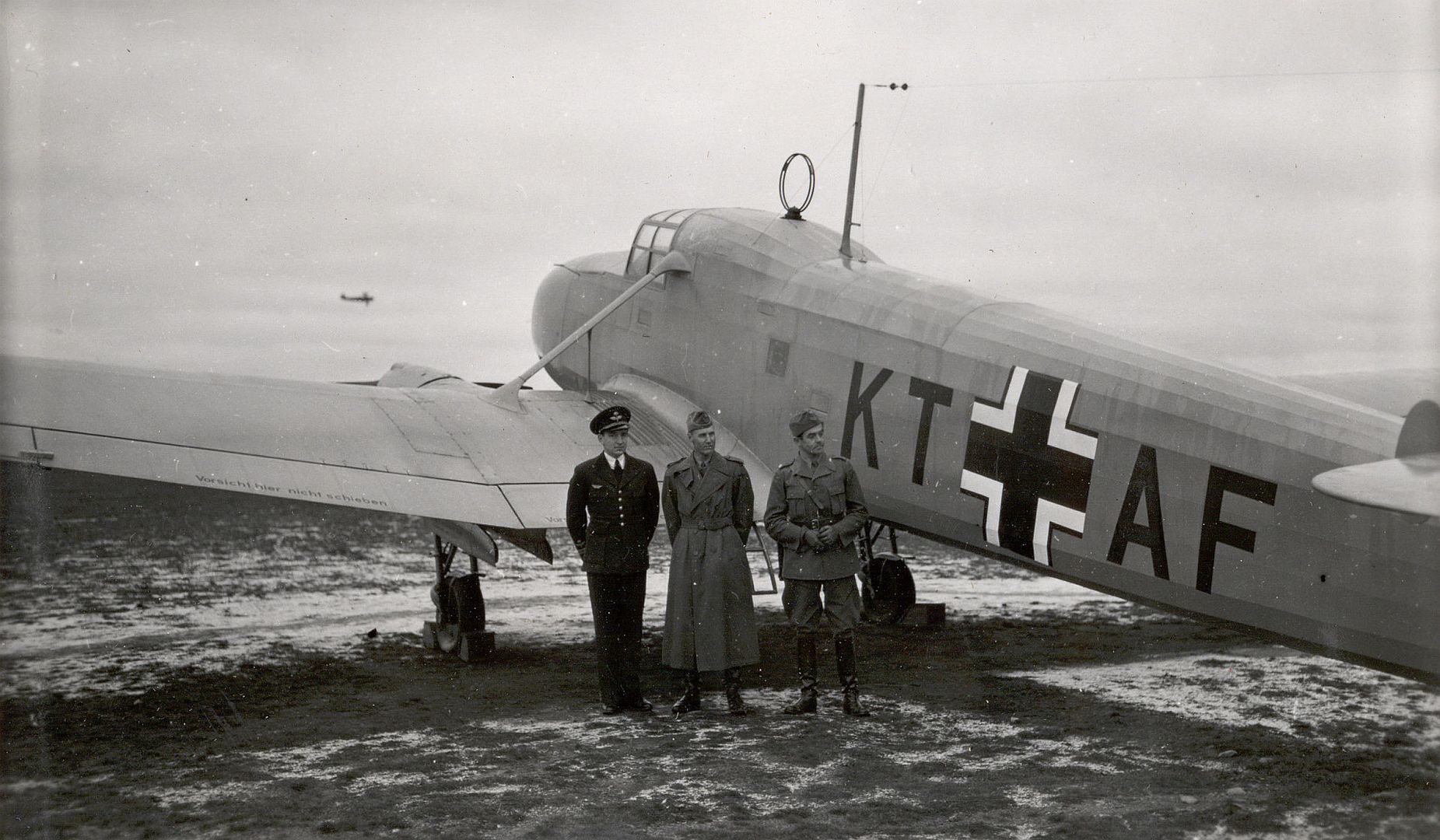
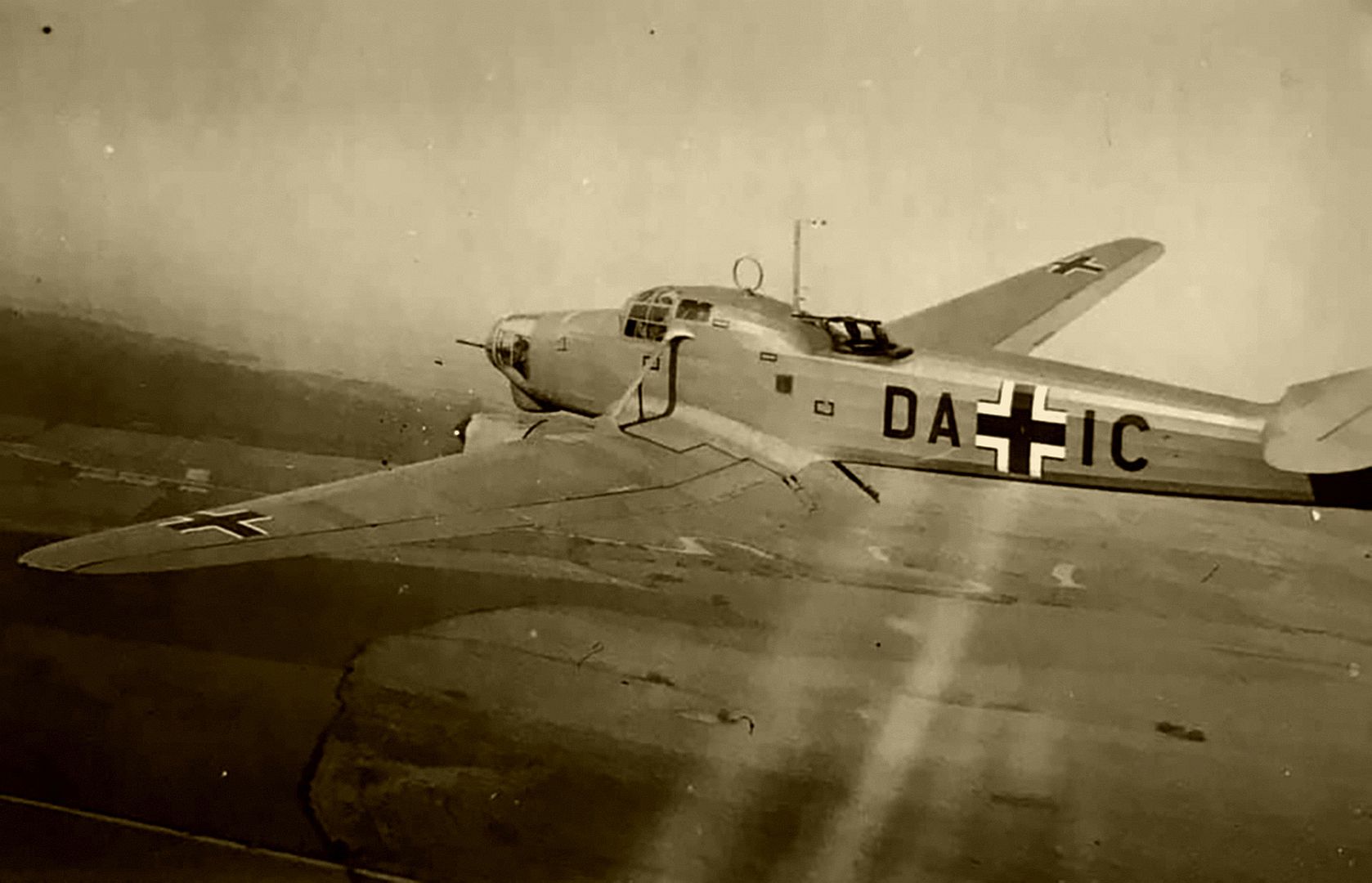
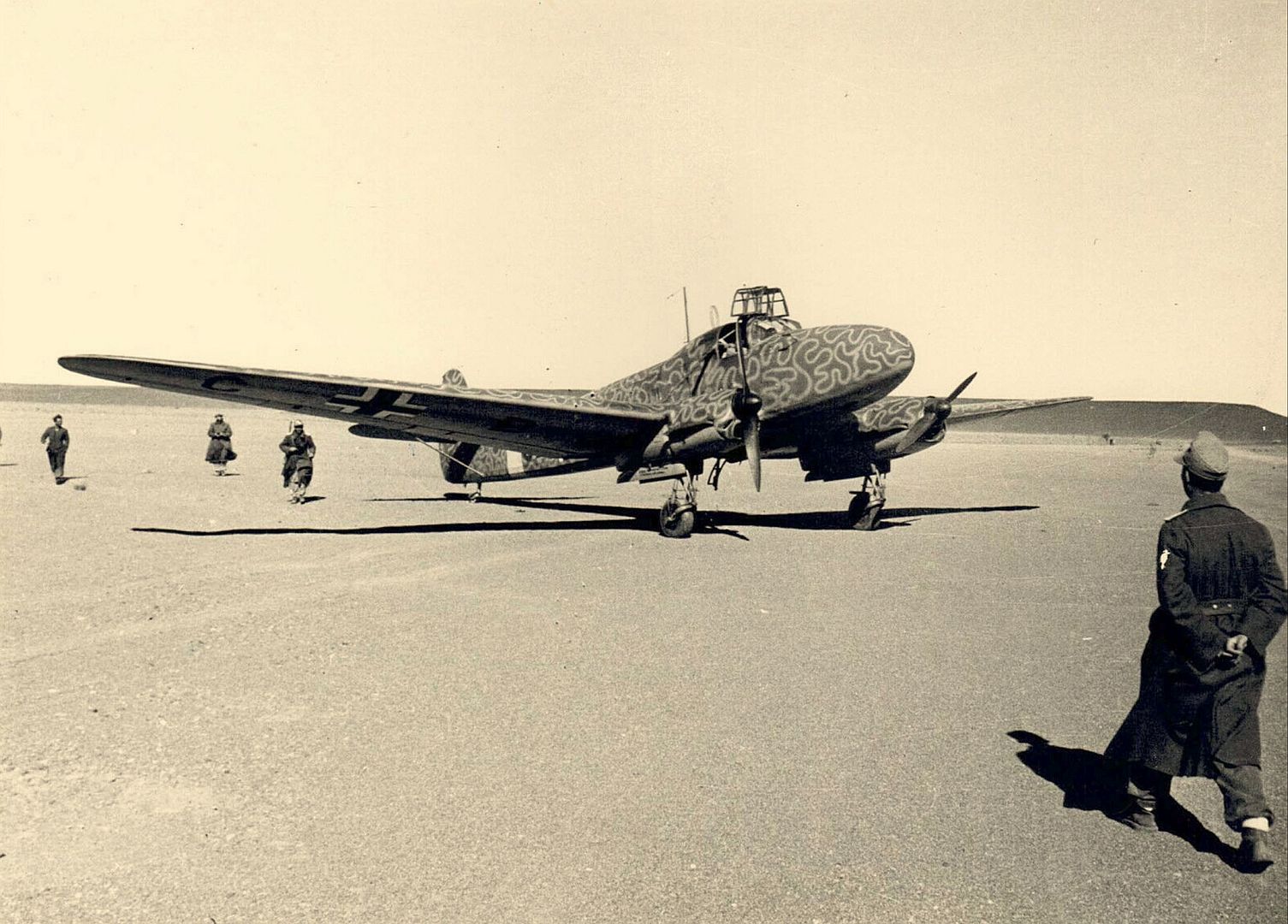
Below Dutch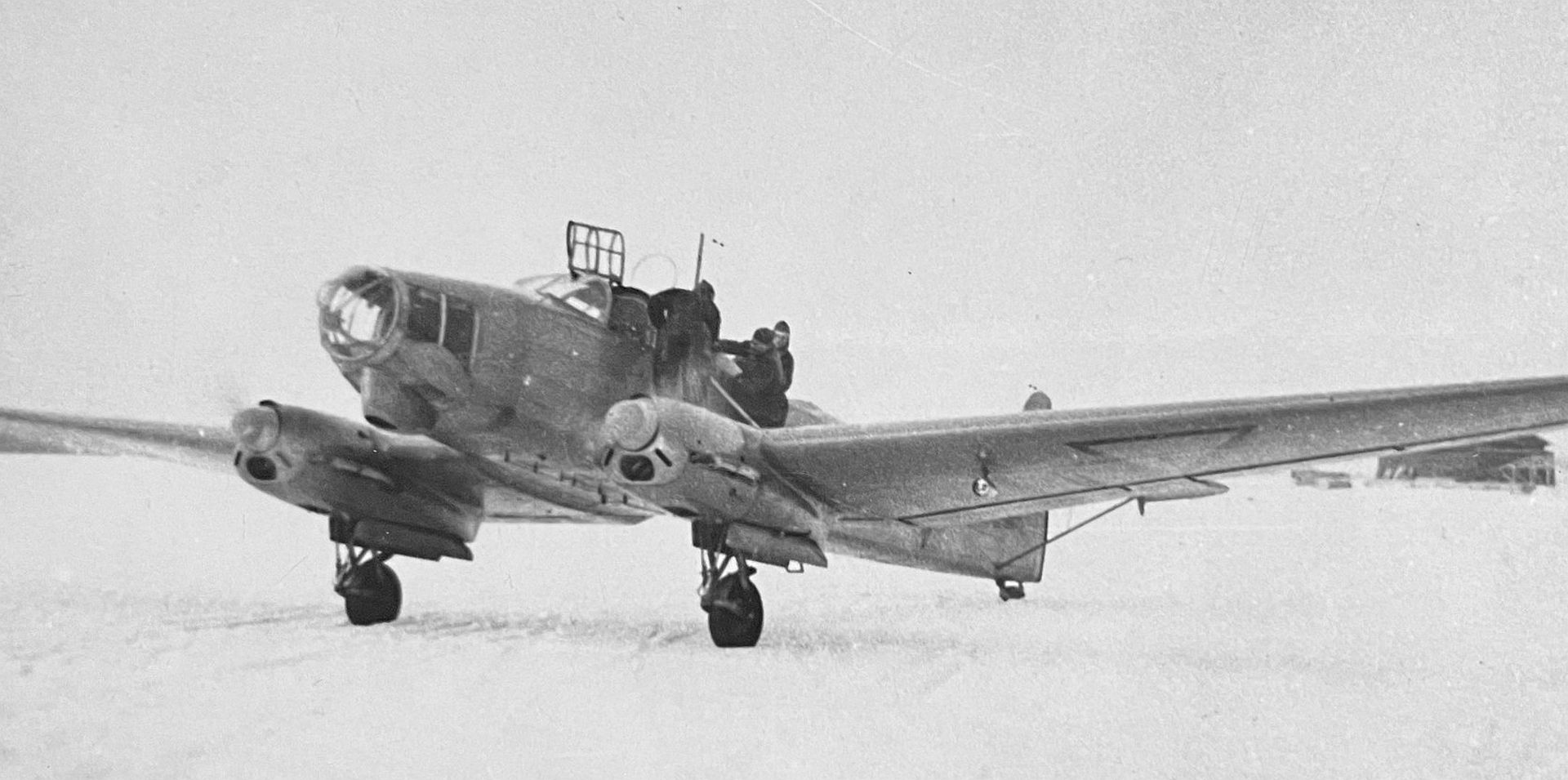
Below Hungarian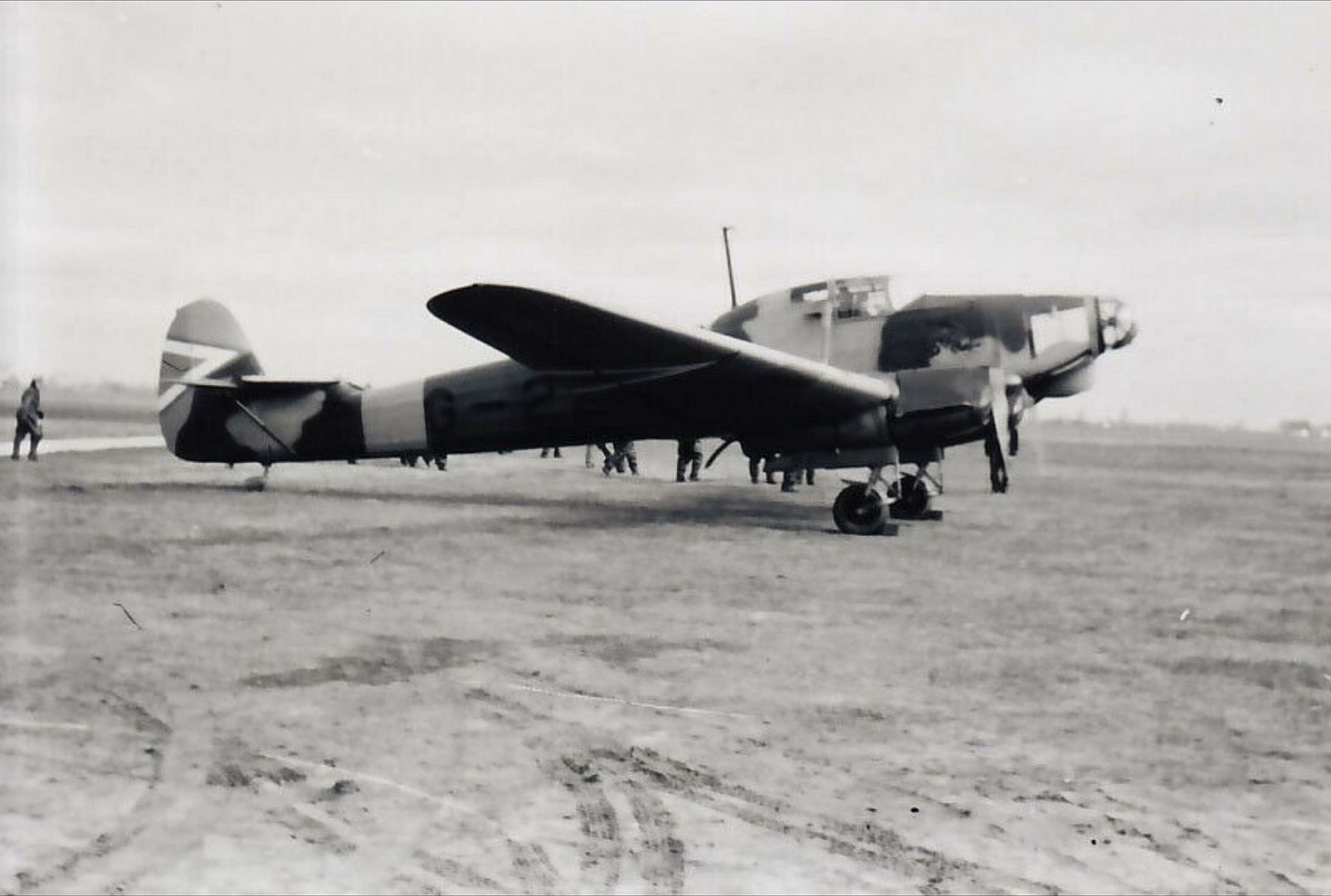
Below Brazilian

Below Swedish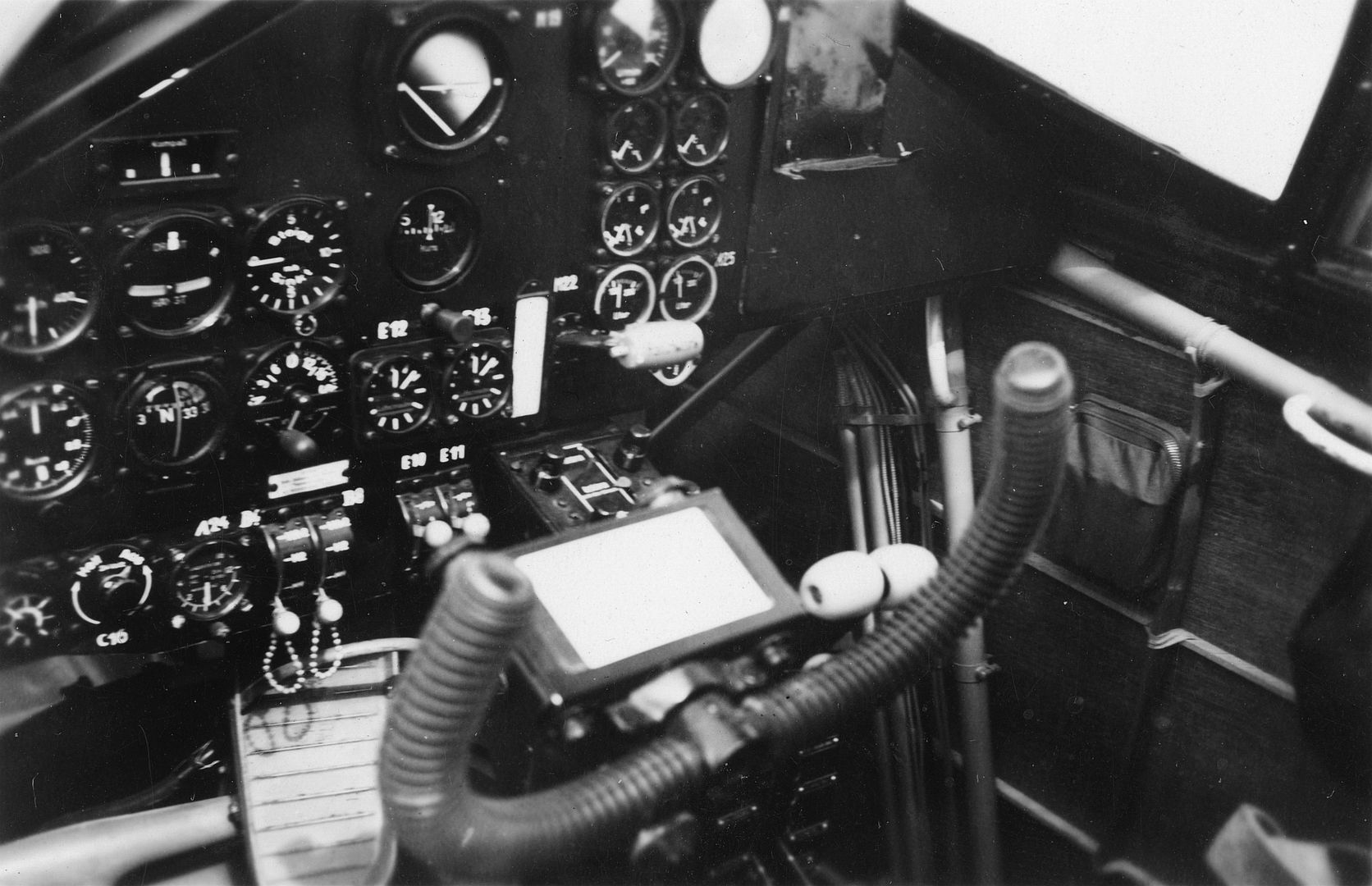
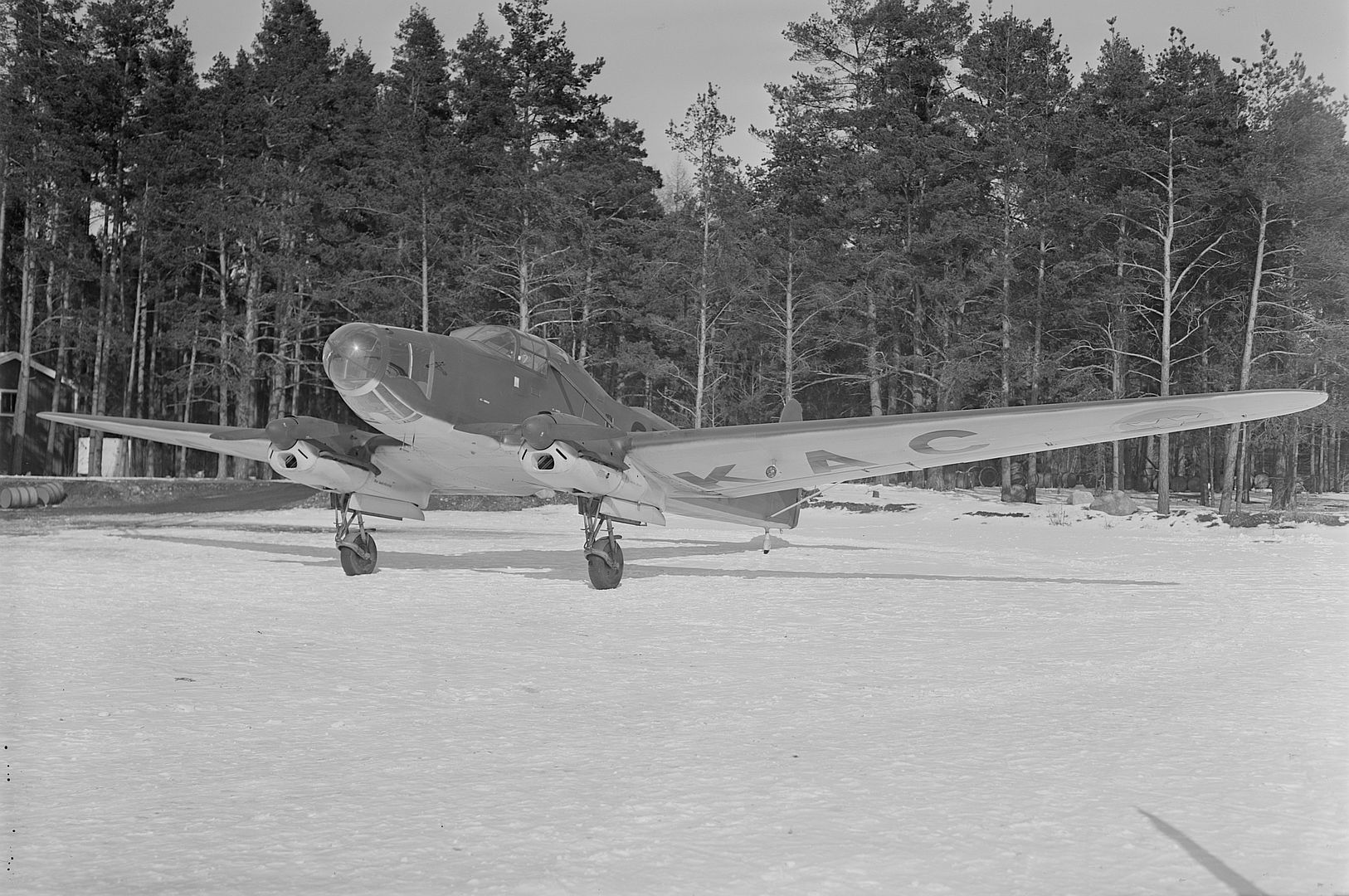
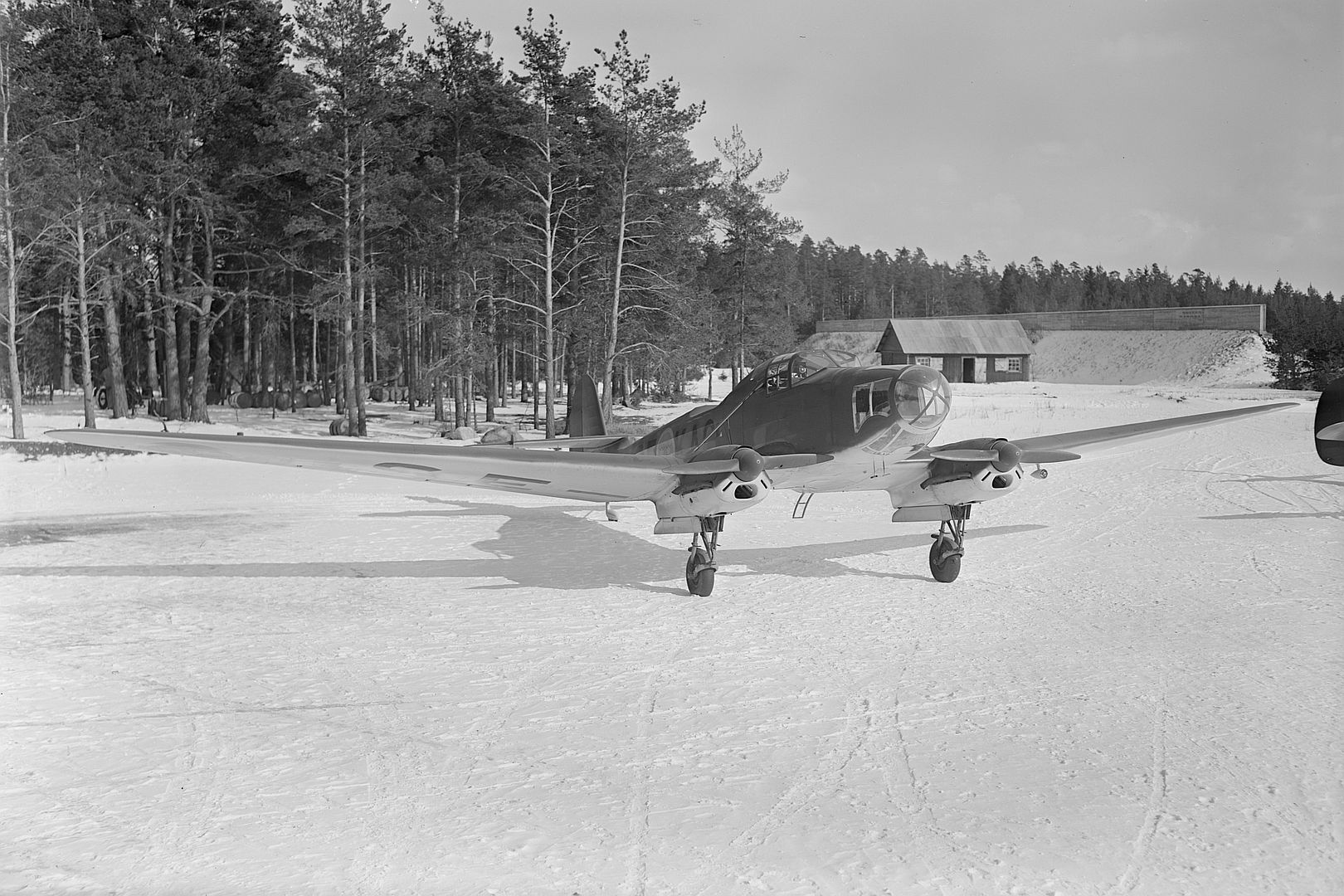
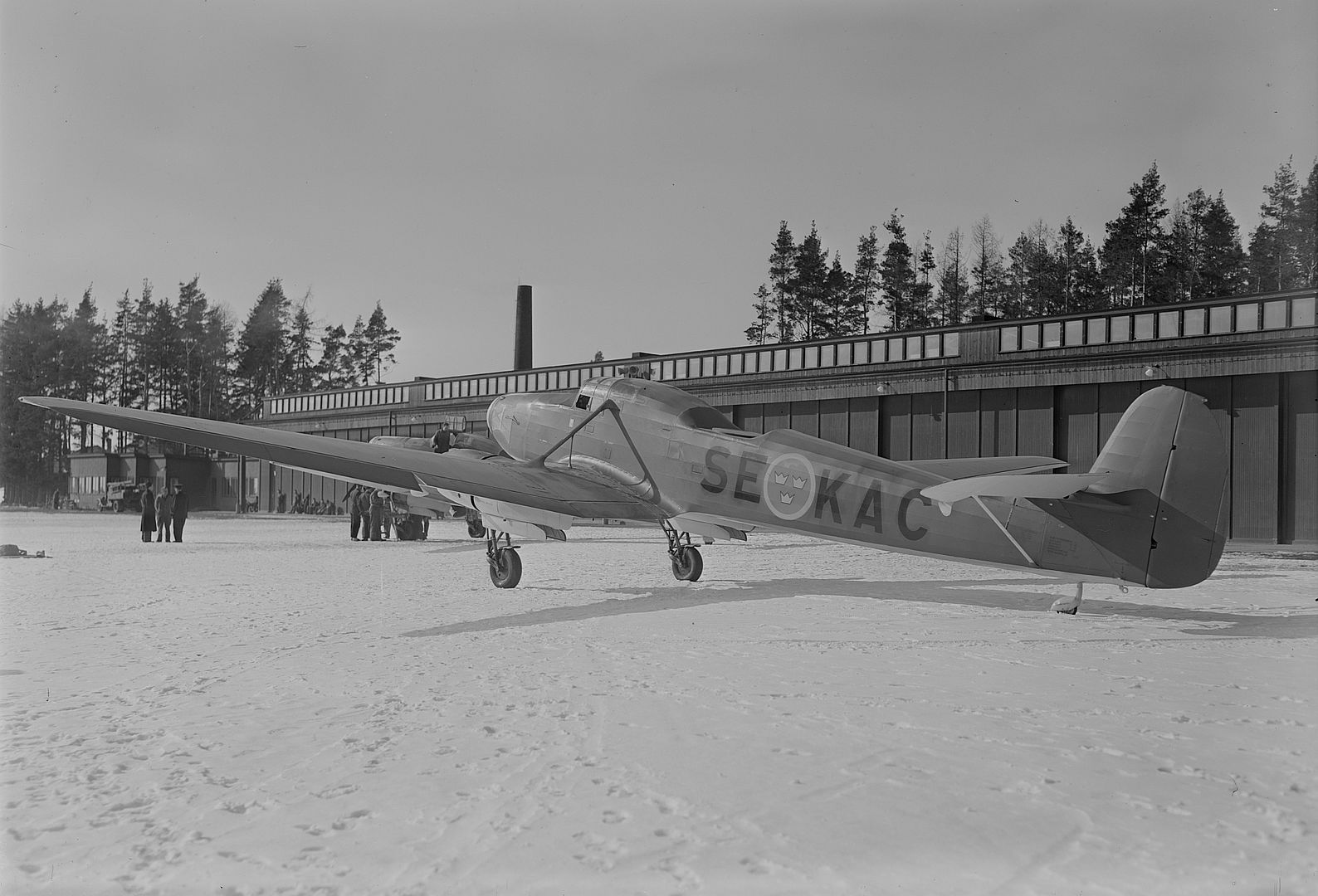
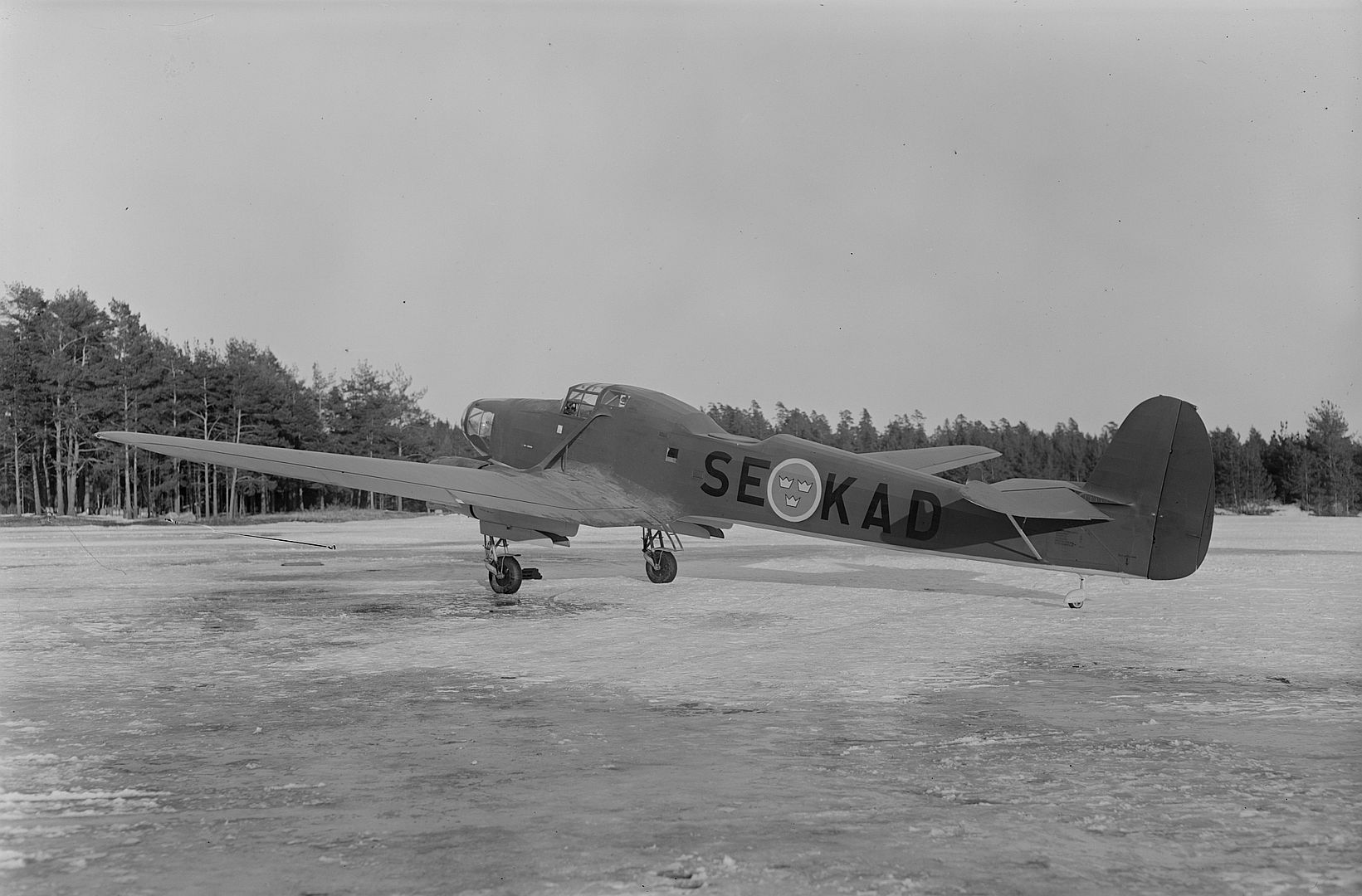
Specifications (Fw 58B)
General characteristics
Crew: 4
Length: 14.1 m (46 ft 3 in)
Wingspan: 21 m (68 ft 11 in)
Height: 4.2 m (13 ft 9 in)
Wing area: 47 m2 (510 sq ft)
Airfoil: NACA 2212
Empty weight: 2,000 kg (4,409 lb)
Gross weight: 2,930 kg (6,460 lb)
Fuel capacity: 340 L (90 US gal; 75 imp gal) in two centre-section tanks, with a 34 L (9.0 US gal; 7.5 imp gal) oil tank
Powerplant: 2 × Argus As 10C V-8 inverted air-cooled piston engines 240 PS (240 hp; 180 kW)
Propellers: 2-bladed variable-pitch propeller, 2.5 m (8 ft 2 in) diameter
Performance
Maximum speed: 254 km/h (158 mph, 137 kn) at sea level
Cruise speed: 238 km/h (148 mph, 129 kn) * Landing speed: 76 km/h (47 mph; 41 kn)
Range: 690 km (430 mi, 370 nmi)
Service ceiling: 5,400 m (17,700 ft)
Rate of climb: 4.67 m/s (919 ft/min)
Time to altitude: 1,000 m (3,281 ft) in 3 minutes 48 seconds
Wing loading: 59.8 kg/m2 (12.2 lb/sq ft)
Armament
Guns: * 2 × 7.92 mm (.312 in) MG 15 machine guns
(Text from here - https://histaviation.com/fw_58_weihe.html
Post a reply
- Go to Previous topic
- Go to Next topic
- Go to Welcome
- Go to Introduce Yourself
- Go to General Discussion
- Go to Screenshots, Images and Videos
- Go to Off topic
- Go to Works in Progress
- Go to Skinning Tips / Tutorials
- Go to Skin Requests
- Go to IJAAF Library
- Go to Luftwaffe Library
- Go to RAF Library
- Go to USAAF / USN Library
- Go to Misc Library
- Go to The Ops Room
- Go to Made in Germany
- Go to Campaigns and Missions
- Go to Works in Progress
- Go to Juri's Air-Raid Shelter
- Go to Campaigns and Missions
- Go to Works in Progress
- Go to Skinpacks
- Go to External Projects Discussion
- Go to Books & Resources
